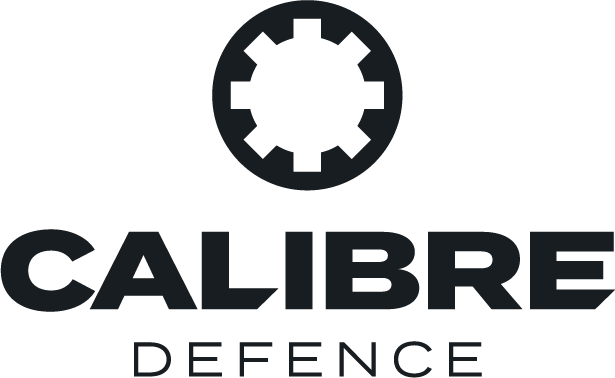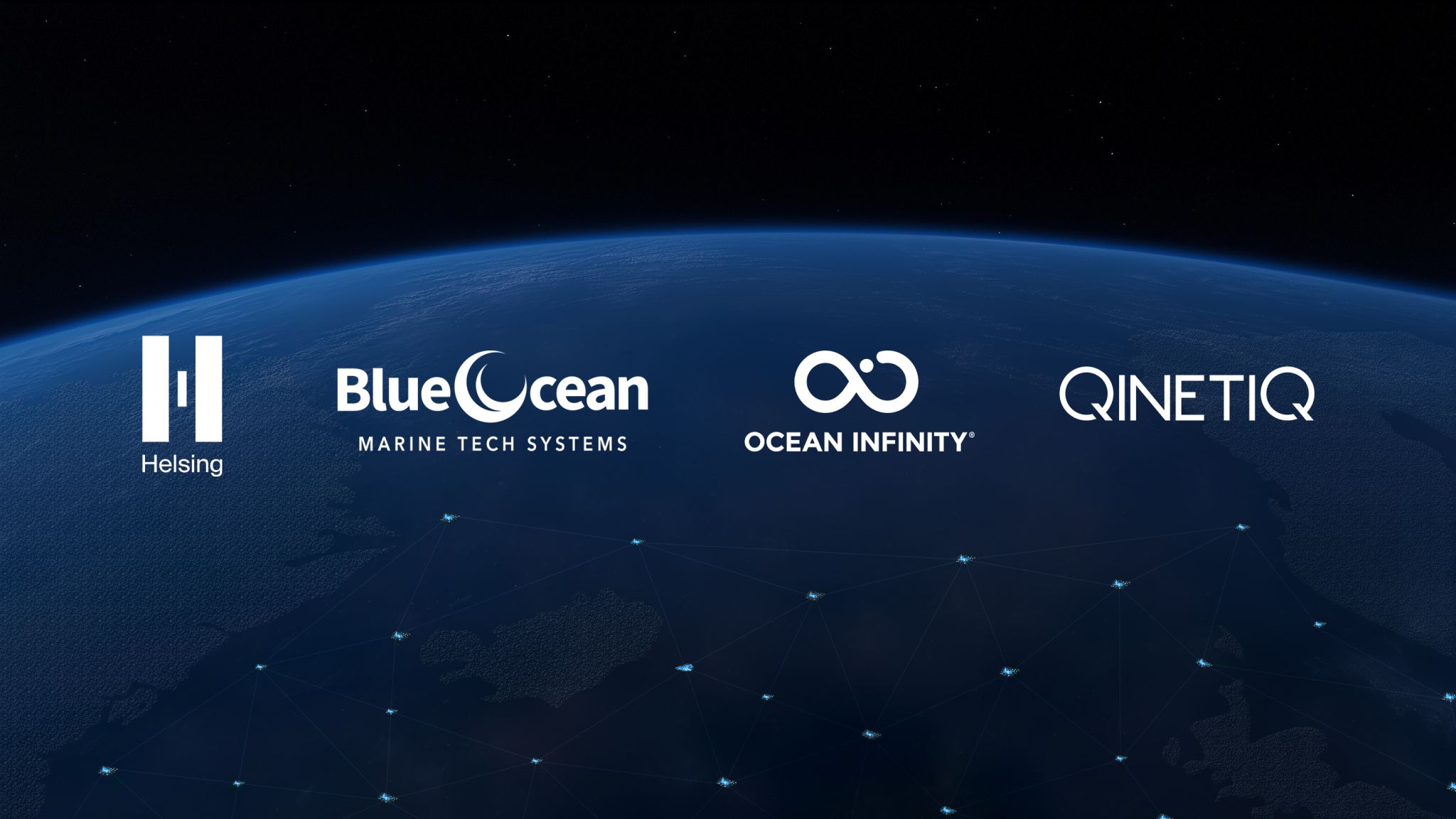Maritime autonomy in 2025: Helsing’s new alliance
Helsing and an alliance of three companies are planning to “accelerate the adoption of advanced AI and maritime autonomy on deployed operations” by the end of 2025, according to a 29th April Helsing press release. The defence tech company set this goal as it announced a partnership with Blue Ocean Marine Tech Systems, Ocean Infinity, and QinetiQ.
“The growing underwater threat can only be addressed with advanced AI. We have some of the world’s best technical talent in the UK and it’s time we take their achievements to sea,” Amelia Gould, general manager of maritime capabilities at Helsing said.
The partnership has been formed to help European governments tackle the growing challenges of the sub-surface domain. This includes bringing advanced AI-enabled maritime autonomy to anti-submarine warfare (ASW), intelligence, surveillance and reconnaissance (ISR), and protecting critical undersea infrastructure. These capabilities taken together in the maritime domain are referred to as digitalising the oceans, the press release states.
ASW is a known pain point for European navies as it is resource-intensive and the literal equivalent of looking for a needle in a haystack. Take the Norwegian Sea as an example, it extends from the coast of Norway to Svalbard and Iceland, and is one direction that Russian submarines sailing for the Atlantic might use. The Norwegian Sea has a surface area of around 1.38 million square kilometres. The Greenland Sea, which sits adjacent to the Norwegian Sea, adds another 1.2 million square kilometres. So, NATO navies must consider how they will patrol and monitor some 2.5 million square kilometres of surface ocean, not to mention the depth.
Both seas are also busy commercial shipping lanes with tankers, container ships, and cruisers all frequenting the area as well as an array of fishing boats and pleasure craft. All of which make accurate sonar returns more challenging, congesting the space to move and further pressuring the limited crewed assets available. Digitalising the oceans and employing maritime autonomy is seen as a viable route to resolving or addressing some of these challenges. As the Helsing press release notes, “initial focus will be on providing rapidly scalable and affordable autonomous smart mass.” This may mean a lot of autonomous sensors or autonomous sub-surface platforms designed to be networked and help limited manned assets cover a broader area.
Within this scope, the partnership can draw on Ocean Infinity’s experience in dual-use maritime robotics. “Executed from control centres located in key onshore locations, Ocean Infinity’s industry-leading advanced technology has enabled remote and autonomous operations, from seabed to sky, for clients in oil and gas, offshore wind, government and special situations,” Joe Robinson, President of Technology and Digital at Ocean Infinity said. The commercial space is often ahead of defence in autonomous applications, particularly at sea. This means that Helsing and the UK MoD should be able to leverage platforms and systems that are already operationally proven, which will go some way to reducing development time frames and meeting that goal of maritime autonomy within a year.
Blue Ocean Marine Tech Systems also provides dual-use autonomous platforms for underwater data collection. The company will help “position Helsing’s edge AI in the optimal locations to detect and localise the threats to our allies’ strategic interests,” Mike Deeks CSC, Group Managing Director, Blue Ocean Marine Tech Systems said. Qinetiq will round out the partnership, providing data architecture and assurance capabilities that ensure the solutions developed can be scaled.
Calibre comment
The partnership’s stated goal of getting advanced maritime autonomy operationally deployed in 2025 is ambitious, especially given the current uncertainty around the UK’s Strategic Defence Review. However, there is a reason for a rapid adoption of some form of advanced autonomous capability, and that is to do with how AI works. Typically, the algorithms that make up an AI-enabled capability are self-taught using a range of training data. That data might be real – thousands of real world images for example – or simulated. However, the way that the algorithms learn to interpret that data means that they are unlikely to be as capable as they could be. Real capability can only come from deploying the systems operationally, and updating the algorithms with live operational data as experience is gained. This essentially means that there is an advantage to adopting AI-enabled maritime autonomy early, and seeing it through multiple iterations and refreshes before scaling production, and before an adversary can field any equivalents.
By Sam Cranny-Evans, published on 29th April, 2025.

Sign Up for Updates!
Get insider news, tips, and updates. No spam, just the good stuff!






